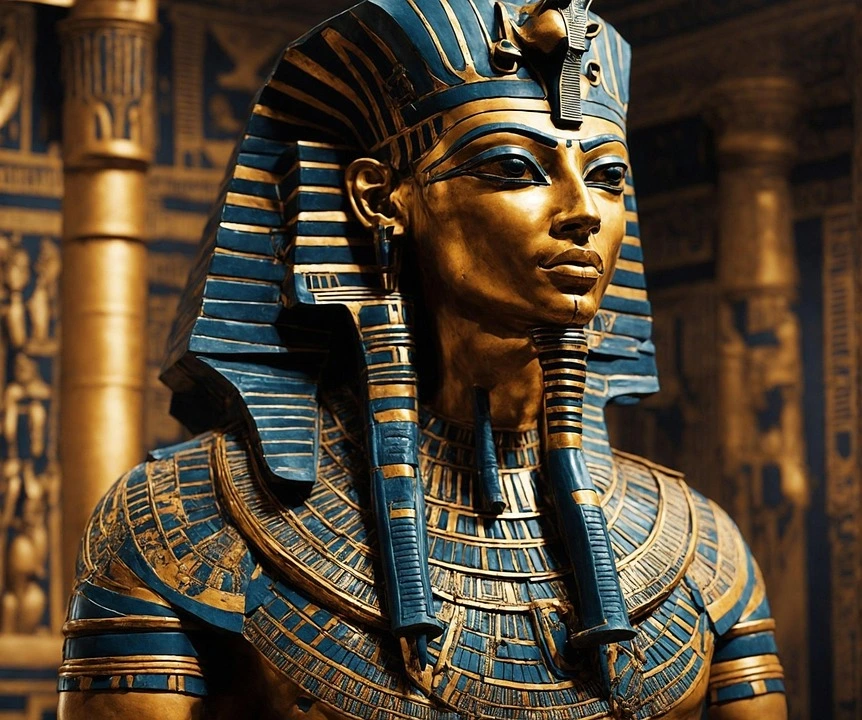Egyptian spells have fascinated historians, scholars, and occultists for centuries. Ancient Egyptians believed in the power of words, witch symbols, and rituals to influence the physical and spiritual realms. From protection spells to rituals for the afterlife, Egyptian magic was a fundamental part of daily life and religious practice. This article explores the significance of Egyptian spells, different types of spells, their use in hieroglyphs, and their presence in legendary texts like the Book of the Dead.
The Power of Egyptian Spells in Ancient Magic
Ancient Egyptian spells were not just words; they were believed to be living entities that could manipulate reality. These spells were often inscribed on temple walls, papyri, amulets, and tombs to ensure protection, health, and divine favor. The art of white magic, known as Heka, was closely linked to the gods, particularly Thoth (the god of wisdom and writing) and Isis (the goddess of magic and healing).
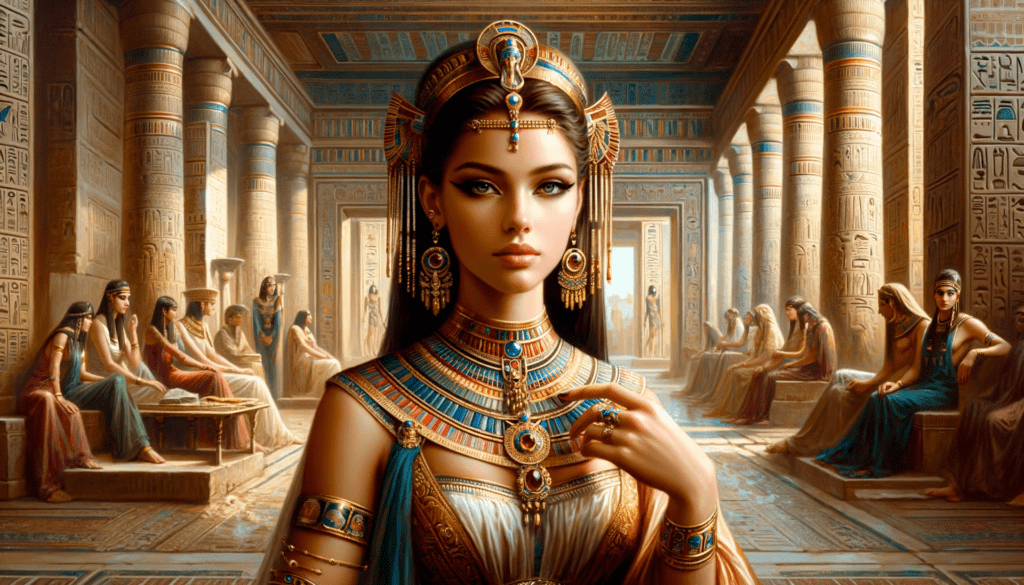

Powerful Egyptian Spells
1-Spell for Protection Against Evil Spirits
“O Wadjet, mighty protector of the two lands, may your gaze drive away the enemies that lurk in the shadows. As Ra rises, so too does the power of this spell, shielding the soul from harm.”
This spell was often carved on amulets or temple walls to safeguard individuals from evil forces. To perform the ritual, a practitioner would draw the eye of Wadjet on a protective talisman, recite the invocation at dawn, and anoint themselves with sacred oil to seal the spell’s power.
2-Spell for Prosperity and Abundance
“By the decree of Osiris, the fields shall be fertile, the waters abundant, and the hands of the laborers strong. As the Nile flows, so too shall wealth and prosperity be granted to the worthy.”
This spell was recited during harvests or major trade transactions. To enhance its effect, ancient Egyptians would place grains or coins at temple altars dedicated to Osiris, symbolizing their request for prosperity. Farmers would also chant this spell before plowing their fields to invoke divine favor.
3-Spell for Healing and Well-being
“O great Isis, mother of life, let your hands mend the wounds and your voice bring peace to the ailing. Let this water carry your blessing, cleansing all afflictions from the body and soul.”
Priests and healers used this spell while preparing herbal remedies or during ritual baths. A healing amulet inscribed with the spell was often worn by the sick to promote recovery. To perform the spell, water infused with lotus petals and sacred herbs would be poured over the patient while chanting the incantation three times.
4-Spell for Guidance in the Afterlife
“O Anubis, guardian of the gates, lead this soul safely through the Duat. Let no shadow devour it, let no false words be spoken. By the feather of Ma’at, may this soul find its place among the blessed.”
This spell was commonly inscribed in tombs to ensure a smooth journey into the afterlife. Funerary priests would recite this spell while placing protective charms inside the tomb, ensuring the deceased was properly guided. Some individuals even had this spell written on their burial shrouds for added protection.
5-Spell for Love and Attraction
“By the grace of Hathor, goddess of love, let the heart of [name] be drawn to me as the lotus opens to the sun. Let our souls intertwine as the stars dance in the sky above Thebes.”
Used in romantic rituals, this spell was often written on papyrus and carried as a charm. To perform the ritual, practitioners would light a scented candle infused with rose and myrrh, recite the spell while visualizing their beloved, and place the written incantation under their pillow to manifest their desire.
Egyptian Spells for the Afterlife
One of the most well-documented uses of Egyptian spells is in funerary rites. The Egyptian spells for the afterlife were essential to securing a peaceful transition into the next world. The Book of the Dead, a collection of over 190 spells, provided guidance and protection for the deceased.
Notable Spells from the Book of the Dead
- Spell 125: The Weighing of the Heart – Ensured the deceased’s heart was pure before judgment by Osiris.
- Spell 30B: Protection of the Heart – Prevented the heart from testifying against its owner.
- Spell 6: The Shabti Spell – Animated funerary figurines to serve the deceased in the afterlife.
For those interested in studying these ancient texts, you can find ancient Egyptian spells from the Book of the Dead in PDF format for further exploration.
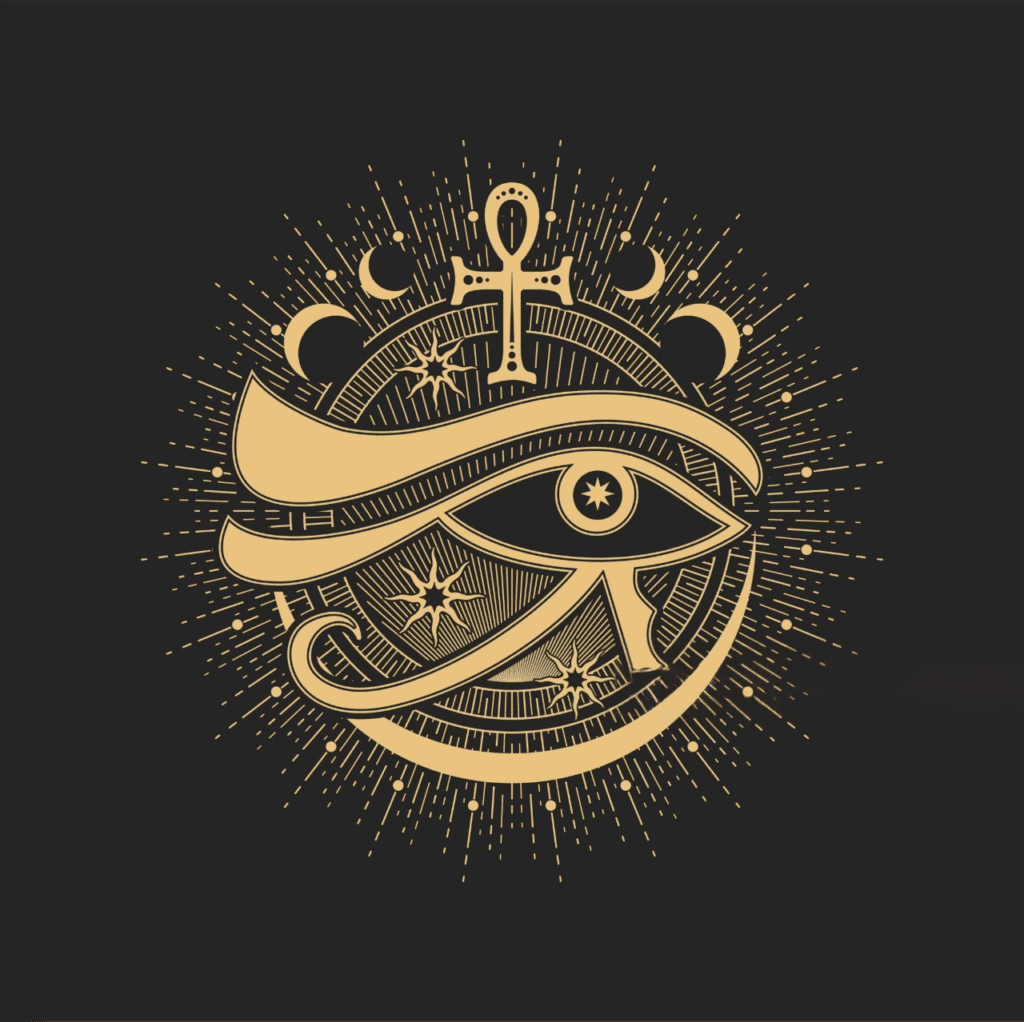

Egyptian Spells in Hieroglyphs
Egyptians believed that writing down a spell in hieroglyphs gave it power. These symbols were often inscribed on tombs, temple walls, and sacred papyri. Hieroglyphic spells were commonly used for:
- Protection (against evil spirits and illnesses)
- Healing (curing ailments and injuries)
- Wealth and Prosperity (invoking divine blessings)
- Love and Attraction (influencing affection and relationships)
Understanding Egyptian spells in hieroglyphs requires knowledge of phonetic symbols, determinatives, and sacred meanings. These inscriptions are often studied by Egyptologists to decipher the mysteries of ancient magic.
Popular Culture: Egyptian Spells in The Kane Chronicles
In The Kane Chronicles, a trilogy by Rick Riordan, Egyptian spells play a central role in the magical system of the series. The books (The Red Pyramid, The Throne of Fire, and The Serpent’s Shadow) follow siblings Carter and Sadie Kane as they uncover their heritage as descendants of ancient pharaohs and practitioners of Egyptian magic.
Role of Egyptian Spells in The Kane Chronicles
Egyptian magic in the series is based on hieroglyphs, divine words of power, and rituals invoking the gods. The spells (known as heka) are essential to combat enemies, summon magical entities, and perform supernatural feats.
Some of the key spells used in the series include:
- “Ha-di” (Destroy) – A common spell used to break or blast objects.
- “Sa-heben” (Protection) – Creates magical shields to defend against attacks.
- “Zam!” (Bind) – Restricts movement, often used against enemies.
- Summoning spells – Allow characters to call upon divine beings or magical creatures.
- Healing spells – Used to recover from injuries or ailments.
- Transformation spells – Enable shape-shifting or altering the properties of objects.
Influence from Egyptian Mythology
Riordan’s portrayal of Egyptian magic is inspired by real mythology but adapted for a modern fantasy setting. The use of heka (a real Egyptian concept of divine magic) and the incorporation of hieroglyph-based magic reflect ancient Egyptian beliefs in the power of words and symbols.
Impact on Popular Culture
The Kane Chronicles popularized Egyptian mythology among young readers, much like Percy Jackson & The Olympians did for Greek mythology. It introduced a new generation to concepts like heka, the Egyptian gods, and the importance of spoken and written words in ancient magic.
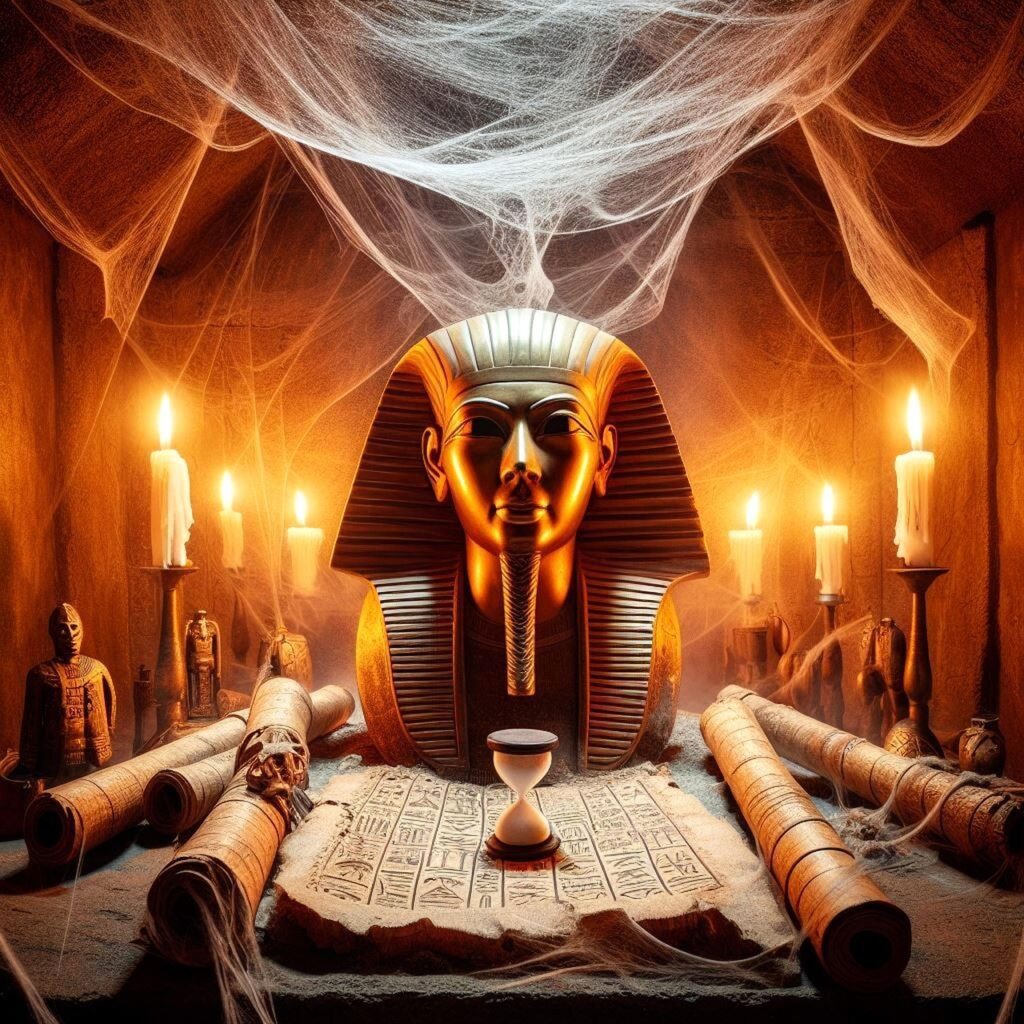

Egyptian Spell Books and Magical Texts
Ancient Egyptian magic (heka) was deeply integrated into their religious and daily life, with spells recorded on papyri, tomb walls, and temple inscriptions. These spell books contained incantations for protection, healing, the afterlife, and divine intervention. Below are some of the most significant Egyptian magical texts:
1. The Pyramid Texts (c. 2400–2300 BCE)
- The oldest known religious texts, found in pyramids of the Old Kingdom (mainly in the Pyramid of Unas).
- Contain spells to assist the pharaoh’s soul (ka) in navigating the afterlife and becoming one with the gods.
- Feature incantations for resurrection, protection, and transformation into divine beings.
2. The Coffin Texts (c. 2100–1600 BCE)
- Developed from the Pyramid Texts but expanded for non-royal individuals.
- Inscribed inside wooden coffins, ensuring safe passage into the afterlife.
- Introduce the idea of the deceased undergoing trials and needing magical knowledge to pass into paradise (Field of Reeds).
3. The Book of the Dead (c. 1550–50 BCE)
- A collection of funerary spells written on papyrus, tomb walls, and mummy wrappings.
- Designed to help the deceased navigate the Duat (underworld) and reach the afterlife safely.
- Famous spells include:
- Spell 125 – The “Weighing of the Heart” ritual before Osiris.
- Spell 30B – Prevents the heart from betraying the deceased in judgment.
- Spell 6 – Commands a shabti (a magical servant) to work in the afterlife.
4. The Book of Caverns & The Book of Gates
- Depict the journey of the soul through different regions of the underworld, facing challenges and deities.
- Used mainly in royal tombs to ensure safe passage and rebirth.
5. The Bremner-Rhind Papyrus (c. 4th century BCE)
- Contains hymns and incantations to invoke gods like Osiris and Ra.
- Features the “Myth of the Sun’s Eye,” linking magic to divine power and cosmic balance.
6. The Metternich Stela (c. 380–362 BCE)
- A magical text inscribed on a stela, detailing spells for protection and healing.
- Includes stories of Horus being poisoned and Isis using powerful incantations to save him.
- Used as an amulet for healing by placing water on the inscriptions and drinking it.
7. The Greek Magical Papyri (PGM) (c. 100 BCE–400 CE)
- A collection of Egyptian, Greek, and Roman magical texts written in Greek and Demotic Egyptian.
- Contains spells for love, protection, exorcism, divination, and invoking gods (including Egyptian deities like Isis, Osiris, and Thoth).
- Features instructions on using magical symbols, amulets, and ritual practices.
8. The Book of Thoth (Mythical & Lost Text)
- A legendary book of knowledge said to contain the secrets of the universe and powerful spells.
- Attributed to Thoth, the god of wisdom and magic.
- Said to grant mastery over nature and the ability to communicate with gods.
- No surviving copies exist, but references appear in various ancient texts.
The Egyptian Book of the Dead Spells PDF
For those seeking primary sources, many translations and studies on the Book of the Dead are available in PDF format, providing access to ancient wisdom. These texts offer valuable insights into Egyptian magical traditions, rituals, and spiritual beliefs.
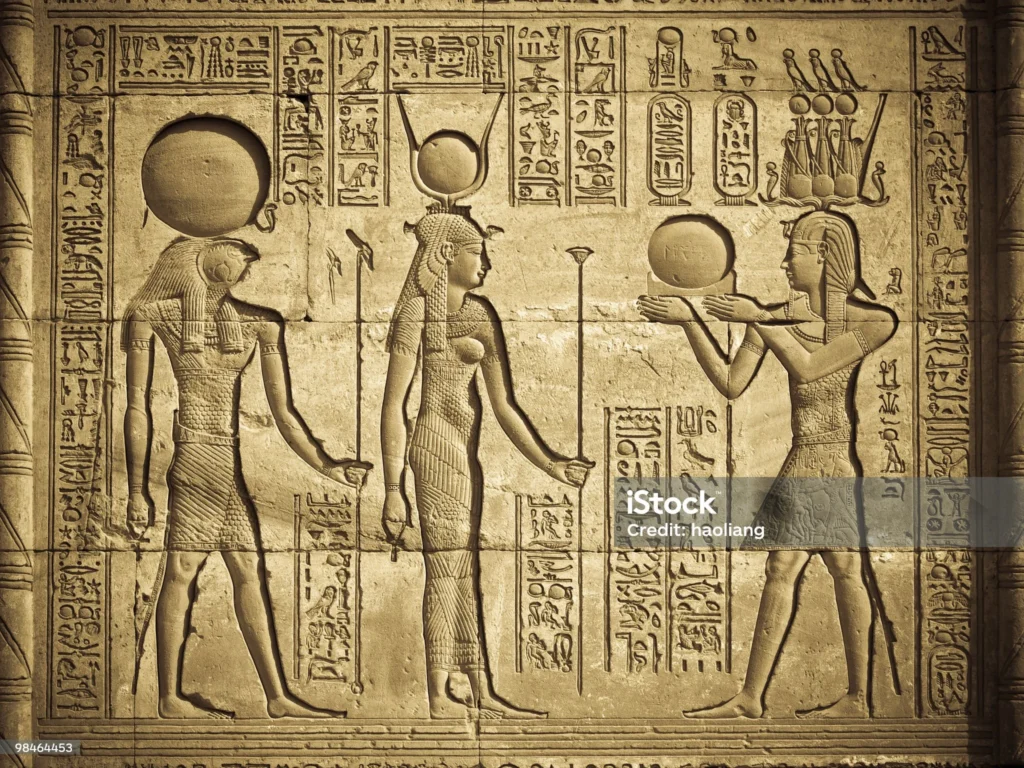

Conclusion
Egyptian spells remain a fascinating aspect of ancient culture, blending religion, mysticism, and practical magic. Whether for protection, healing, or ensuring a successful afterlife, these spells shaped the spiritual landscape of Egypt. Through hieroglyphs, sacred books, and legendary texts, the legacy of Egyptian magic continues to intrigue and inspire.

